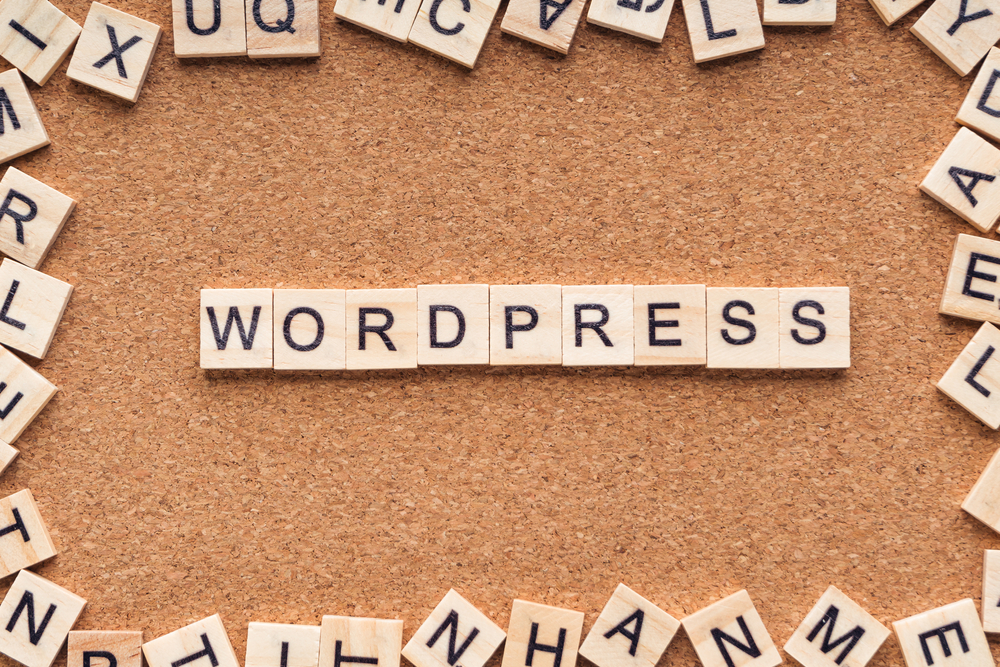
Mastering WordPress: Essential Tips and Tricks for Customization and Maintenance

WordPress has quickly become one of the most popular content management systems (CMS) in the world. Its user-friendly interface, vast library of themes and plugins, and customizable options make it an ideal choice for individuals and businesses alike. In this article, we will explore some essential tips and tricks for mastering WordPress customization and maintenance, allowing you to create a unique website that stands out from the crowd.
1. Choosing the Right ThemeOne of the first steps in customizing your WordPress website is selecting the right theme. WordPress (the platform for bloggers) offers a wide range of themes, both free and premium, giving you the flexibility to choose a design that aligns with your brand. When selecting a theme, consider factors such as responsiveness, compatibility with plugins, and user reviews. Premium themes often come with additional features and support, making them an excellent investment for more advanced customization options.
2. Customizing the Appearance
Once you have chosen the perfect theme, it's time to customize its appearance to match your vision. From the WordPress (or WP) dashboard, navigate to Appearance and select Customize. Here, you can modify various elements, including the site identity (logo and tagline), colors, typography, and layout. Take advantage of these customization options to create a visually appealing and cohesive website that reflects your brand's identity.
3. Harnessing the Power of Plugins
Plugins are an essential part of WordPress, offering additional functionality to your website. Whether you want to add a contact form, improve SEO, or enhance your site's security, there is likely a plugin available to meet your needs. However, it is important to exercise caution when selecting and installing plugins, as they can affect your site's performance. Choose reputable plugins with good ratings and reviews, and regularly update them to ensure compatibility with the latest version of WordPress (WP) .
4. Optimizing for Performance
A slow-loading website can deter visitors and negatively impact your search engine rankings. To optimize your WordPress (the blogging platform) site for performance, consider implementing the following tips:
a. Use a caching plugin: Caching plugins store static versions of your webpages, reducing the server's load and improving site speed.
b. Compress images: Large image files can slow down your site. Utilize tools such as TinyPNG or plugins like Smush to compress your images without sacrificing quality.c. Minify CSS and JavaScript: Minification eliminates unnecessary spaces, line breaks, and comments in your code, reducing file sizes and improving loading times.
d. Enable lazy loading: Lazy loading delays the loading of off-screen images, videos, and iframes, improving initial page load times.
5. Regularly Backing Up Your Website
WordPress maintenance involves regular backing up of your website to protect against potential disasters like hacking or server crashes. Various plugins and services, such as UpdraftPlus and VaultPress, offer automated backup solutions. Additionally, it is advisable to store your backups on remote servers or cloud storage for added security.
6. Staying Up to Date
WordPress continuously releases updates to enhance security, add new features, and fix bugs. It is crucial to keep your WordPress core, themes, and plugins up to date to maintain a secure and optimized website. Enable automatic updates whenever possible, but ensure you regularly check for compatibility issues between updates, especially when using older themes or plugins.
7. Frequently Asked Questions
Q1. Can I customize my WordPress website without coding knowledge?A1. Absolutely! WordPress provides a user-friendly interface that allows customization without any coding requirements. Themes and plugins offer extensive customization options without the need for complex coding skills.
Q2. Will changing my theme affect my website's content?
A2. Changing your theme will not affect your website's content. However, it may alter the appearance and layout of your content. Ensure the new theme supports the post types and formats you use to minimize any potential disruptions.
Q3. How can I improve my website's search engine optimization (SEO)?
A3. WordPress offers various SEO plugins, such as Yoast SEO and All in One SEO Pack, which simplify the process of optimizing your website for search engines. These plugins provide tools to optimize meta tags, sitemaps, permalinks, and content readability.
Q4. How can I protect my WordPress website from hackers?
A4. Implementing strong security measures is crucial to safeguard your WordPress website. Some essential security practices include using secure passwords, limiting login attempts, enabling two-factor authentication, and utilizing security plugins like Wordfence or Sucuri.
Q5. Can I integrate my WordPress website with social media platforms?
A5. WordPress offers plugins that allow easy integration with social media platforms. Plugins like Jetpack and ShareThis provide social sharing buttons, automatic posting to social media, and social media follow buttons to enhance your website's social integration.
In conclusion, WordPress provides endless customization opportunities to create a unique and visually appealing website. By selecting the right theme, harnessing the power of plugins, optimizing for performance, regularly backing up your site, and staying up to date, you can ensure the success and longevity of your WordPress website. Embrace these essential tips and tricks to master WordPress customization and maintenance, and watch your website flourish.
Other useful resources
- https://en.wikipedia.org/wiki/WordPress
- https://www.wordpress24plus.com/services/wordpress-developer/
- https://en.wikipedia.org/wiki/Blog
- https://www.wordpress24plus.com/wordpress-tools-directory/